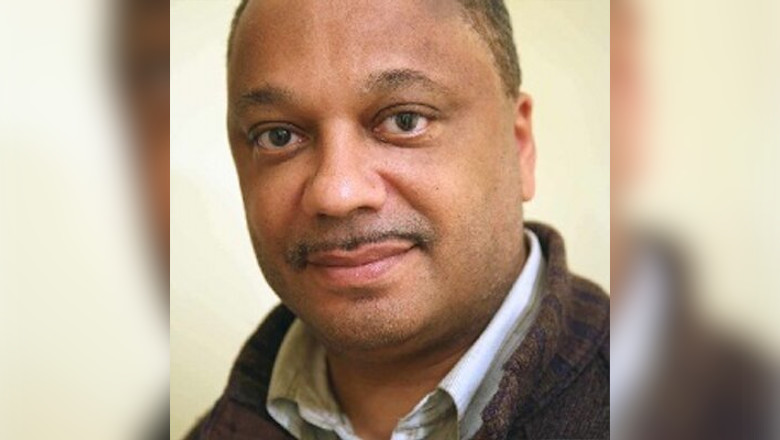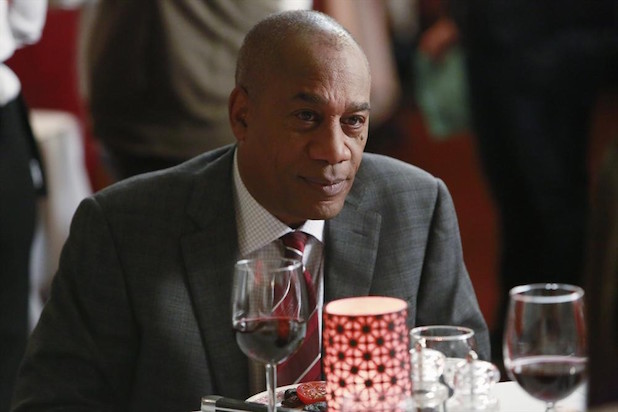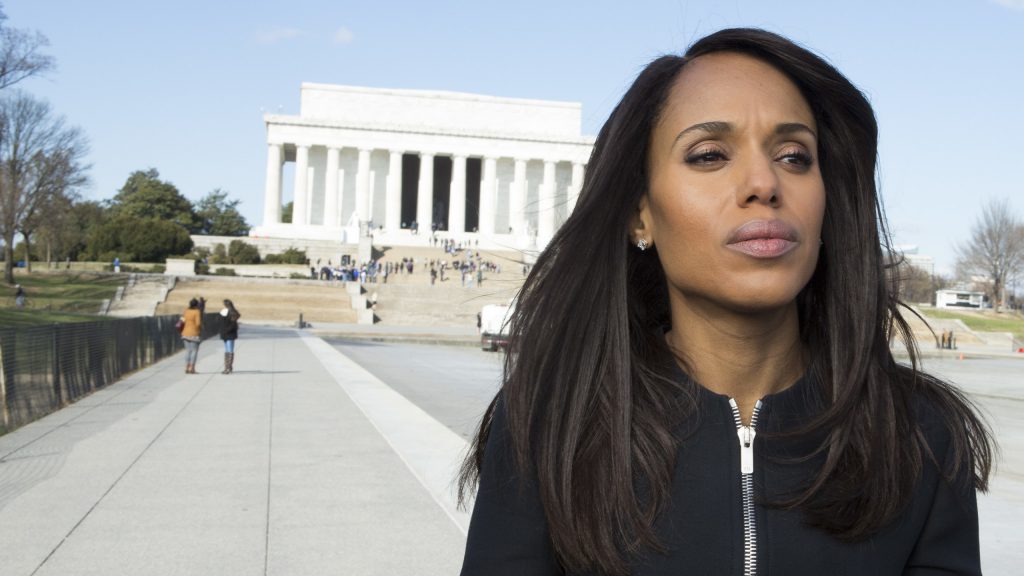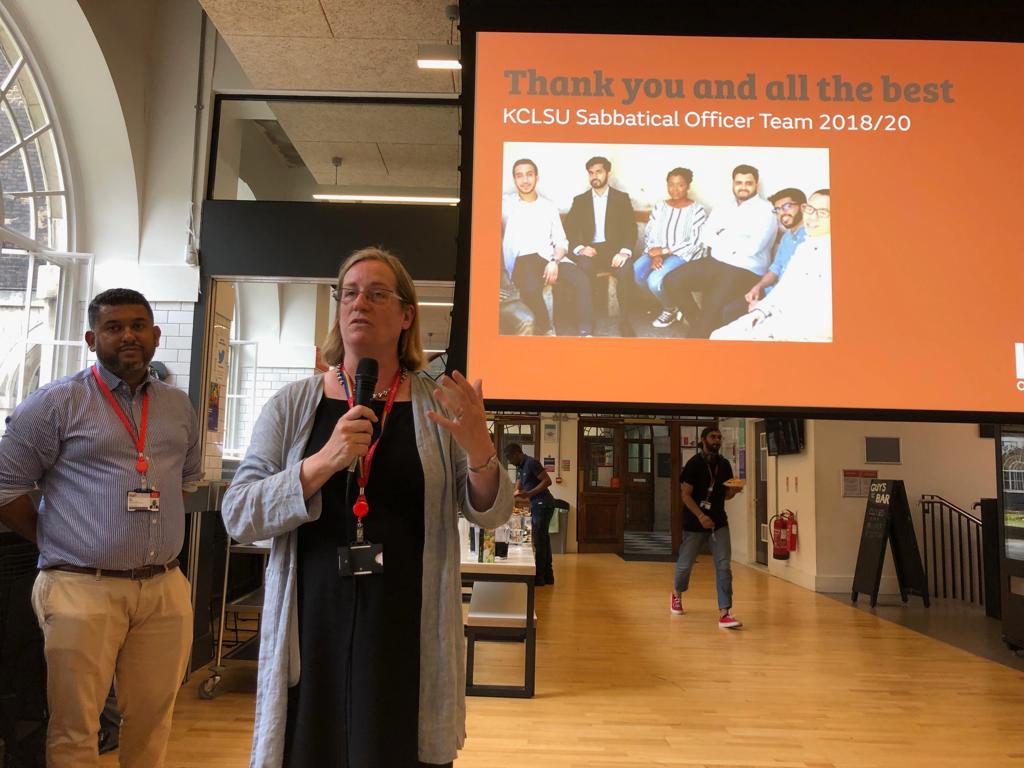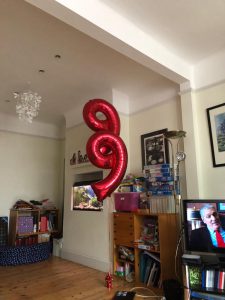As Director of Diversity and Inclusion at King’s, I am constantly advocating for the benefits of diversity, the value-added of attracting a demographic mix of staff and students, and how important it is to create a welcoming and supportive environment where everyone can contribute.
But I’ll let you into a little industry secret…. managing diverse teams and organisations is HARD.
Yes, diversity is an asset. There is a lot of evidence that diverse teams tend to outperform homogenous teams and fuel creative thinking and problem-solving. Yes, there is also a strong business case for diversity and inclusion. Yes, there is a huge benefit for innovation. Research has consistently shown that the more diverse your teams are, the more innovative you are. Diversity is important for an organisation to be able to relate to the service users– the diversity (in our case) of students needs to be reflected in the diversity of our employees.
Diversity produces its own set of challenges. It is hard work for the exact reason that makes it an asset – it is the bringing together of multiple, diverse perspectives. It helps us consider issues from different angles, but can also be a trigger for debate, argument, and disagreement.
I have been thinking about this a lot as we have been developing the D&I function at King’s. We have recruited a broad cross-section of talented individuals. To develop the function, we have been engaging across the university to understand the various needs, priorities and ways of working. To build a truly effective function, my colleagues and I have spent a significant amount of time looking at, and understanding, what is currently going on across King’s and then evaluating that against what we as a university would like to. I knew it was important to understand what the challenge is and then intervene strategically. We have recently launched our newly devised function.
This, in practice, has really tested all my professional skills. How on earth do we make progress while listening to so many different points of view? How do we reach one decision when there are what seem like infinite conflicting viewpoints? How do we address individual feelings, hopes and fears versus an organisational imperative? How do we do all that whilst ensuring that individuals feel valued and listened to?
IT’S HARD! And it takes continual effort and conscientiousness. Some days I feel like it would just be so much easier if everyone would just agree with me – but then I remind myself that if we all agreed, we would not see all the perspectives that come from diverse life experiences and the world we live in requires us to be far more agile than that.
These last few months I have been taking my own medicine – and no doubt haven’t always got it right. I have a genuine desire and goal to try hard and always self-examine and enable others to tell me what they think. One of the ways I did this recently was via seeking 360. It was tremendously eye-opening to read how others perceive and receive me and I’ll be honest, it took me a while to reconcile myself with the feedback. It was great to hear about some of my strengths and the positive impact I’ve had. It gave me pause for thought to realise how much I need to improve in some areas. In fact, some of the words made me want to cry, but that’s what you get when you ask people to tell you the truth and they trust you enough to listen to it.
I can say with confidence and experience that diversity brings with it the prospect of conflict. In an organisation like King’s, an inclusive mindset and embracing diversity go far beyond recruitment practices. We need to change the norms in our everyday practices and culture to welcome and include individuals with different backgrounds, expectations, and working styles. To get that inclusive mindset we need to step up our individual and organisational leadership and management capability. What do I mean by that? Well, for me it means giving myself space to prepare and plan, but also think and reflect and creating that space for others to do so too. Being able to admit when I am unsure, or don’t know, have been wrong or when things haven’t gone as I expected. These are all practices that contribute towards an inclusive work environment, and require careful thought and consideration each and every day.
